Chasseur Sauce: A Savory French Delight for Wild Game
I may be saying chasseur sauce wrong, but I pronounce it “(shas-sir) sauce” and love the sound of it when I say it. Sort of like saying “Worcestershire sauce” or, as we say in our house, “whats-this-here-sauce.”
Sauce Chasseur is the perfect sauce to serve with wild game, including rabbit, venison, and wildfowl, but it is also great on beef, pork, or chicken. Chasseur is the French word for “hunter,” thus, it received its name, Hunter’s Sauce.
What Is Chasseur Sauce?
Chasseur sauce, also known as “hunter’s sauce,” is a classic French sauce that has earned its place in the culinary world for its rich and robust flavors. The name “chasseur” is derived from the French word for hunter, reflecting its rustic origins as a sauce traditionally paired with game meats. This savory sauce is a testament to the French culinary expertise in transforming simple ingredients into a symphony of taste.
The foundation of chasseur sauce is typically a brown sauce prepared by combining demi-glace with tomato, mushrooms, shallots, and sometimes white wine. The resulting blend creates a velvety, well-balanced sauce with a harmonious combination of sweet, tangy, and savory notes. Mushrooms, often wild varieties, contribute an earthy depth, while shallots provide a subtle onion flavor, enhancing the sauce’s complexity.
Chasseur sauce is incredibly versatile, making it a favorite among chefs and home cooks alike. It pairs exceptionally well with various proteins, such as chicken, veal, and pork. The sauce’s ability to complement both white and red meats highlights its adaptability, allowing for a wide range of culinary creations.
To prepare chasseur sauce, one typically begins by sautéing shallots and mushrooms in butter until they achieve a golden brown hue. This aromatic base sets the stage for adding tomato, wine, and demi-glace. The mixture is then simmered, allowing the flavors to meld and intensify, resulting in a luscious, well-rounded sauce.
Whether drizzled over a perfectly roasted chicken breast, accompanying a tender veal cutlet, or elevating a simple pork chop, chasseur sauce brings an element of sophistication to any dish. Its legacy in French cuisine endures, proving that the art of creating exquisite sauces remains an integral part of the culinary tapestry.
Chasseur Sauce History
The history of Chasseur sauce is deeply rooted in French culinary traditions, and its origins can be traced back to the rustic kitchens of the French countryside. The word “chasseur” translates to “hunter” in English, and the sauce earned its name because it was historically associated with game meats that hunters would bring home.
In traditional French cuisine, game meats such as venison, rabbit, and wild birds were commonly consumed, especially in rural areas where hunting was a way of life. Chasseur sauce was developed as a flavorful accompaniment to enhance the taste of these meats. The sauce primarily aimed to complement and add richness to the wild game’s sometimes lean and earthy flavors.
The exact origin of Chasseur sauce is challenging to pinpoint, as it likely evolved over time in various regions of France. However, it became a staple in classic French cooking, featuring prominently in culinary literature and cookbooks.
The key components of Chasseur sauce include shallots, mushrooms, tomatoes, and often white wine, combined with a brown sauce or demi-glace. These ingredients were readily available in the French countryside, contributing to the sauce’s popularity among home cooks and professional chefs alike.
As French cuisine gained international recognition and influence, Chasseur sauce entered kitchens worldwide. Its adaptability to various types of meat and its rich, savory profile made it a favorite not only for game dishes but also for more common poultry and meat preparations.
Today, Chasseur sauce continues to be a celebrated element of classic French gastronomy, and its historical connection to hunting traditions adds a layer of cultural significance to this flavorful sauce. It remains a testament to the French culinary legacy, showcasing the artistry of transforming simple ingredients into a sophisticated and delicious accompaniment.
Best Served On
This sauce is a versatile and flavorful accompaniment that pairs well with various meats. While it was traditionally associated with game meats, its adaptability suits a broader range of dishes. Here are some popular options on which Chasseur sauce is best served:
- Chicken: Perhaps the most common pairing, it complements chicken exceptionally well. Whether you’re serving roasted, grilled, or pan-seared chicken breasts or thighs, the rich and savory flavors of the sauce enhance the poultry’s taste.
- Veal: It is a classic choice for veal dishes. Whether it’s a tender veal cutlet or a slow-cooked veal stew, the sauce adds depth and complexity to the mild flavor of veal.
- Pork: It can elevate pork dishes, particularly roasted or pan-seared pork chops. The combination of mushrooms, tomatoes, and wine works harmoniously with pork flavors.
- Game Meats: While Chasseur sauce has historical ties to game meats, it remains an excellent choice for venison, rabbit, or other wild game. The sauce helps balance and enhance the unique flavors of these meats.
- Poultry Medallions: It can also be paired with poultry medallions, such as turkey or duck. The sauce adds a gourmet touch to these dishes.
- Grilled Meats: Its savory and robust profile makes it a great match for grilled meats, including steak. It can add a layer of complexity to a simple grilled steak or other cuts of beef.
- Vegetarian Options: While traditionally associated with meats, Chasseur sauce can be adapted for vegetarian dishes. Consider serving it over grilled or roasted vegetables, tofu, or plant-based protein alternatives for a flavorful vegetarian option.
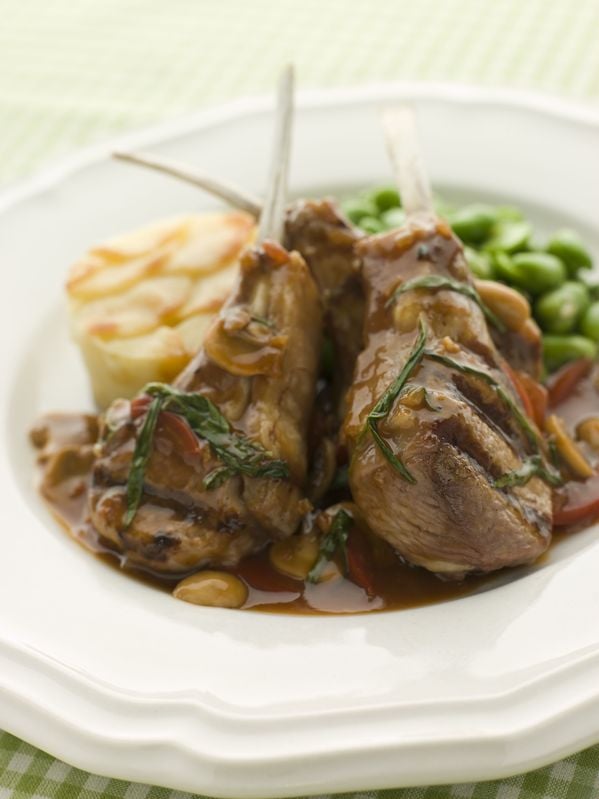
Wild Mushrooms
If you don’t have the opportunity to forage for wild mushrooms on your way home from work tonight or can’t find any in your local supermarket, you can always substitute white button or cremini mushrooms.
And if you’re not cooking any wild game like venison, it’s better to stay away from those wild mushrooms and stick with the cultivated ones. I was kidding.
Chasseur Sauce Recipe
Ingredients
- 3 tablespoons butter
- 10 ounces mushrooms sliced
- 1 shallot finely minced
- ½ cup tomato sauce or 1 1/2 cups diced tomatoes
- ¾ cup dry white wine
- 2 tablespoons Cognac or brandy
- 1 cup demi glace
- 1 tablespoon fresh parsley minced
- salt & freshly ground pepper to taste
Instructions
- Heat a medium saucepan over medium heat, add 2 tablespoons of butter, and when hot, add the mushrooms.
- Saute the mushrooms until they release their liquids and begin to brown lightly.
- Add the minced shallot and cook for a minute or two until they soften.
- Add the tomato sauce or dice tomatoes along with the wine and Cognac and bring to a boil.
- Immediately reduce the heat to a simmer and continue cooking until most of the liquids have evaporated. This could take as much as 10 minutes.
- Add the demi-glace and fresh parsley and reduce the sauce for 5 minutes or until it is thick enough to coat the back of a spoon.
- Season with salt and pepper to taste.
- Add the remaining tablespoon of butter (mounting) to give the sauce an extra shine and richness.
- Taste and adjust seasonings with S&P.
Notes
Demi Glace
An essential ingredient when preparing this Chasseur sauce and not always easy to find, so I’ve provided a recipe for making your demi-glace.
I must warn you; demi glace is not the easiest recipe. It takes a lot of time and effort. However, if you take the time to make it at home, it’s well worth the effort.
On my demi-glace recipe page, I offer some of these commercial products at the end of the recipe.

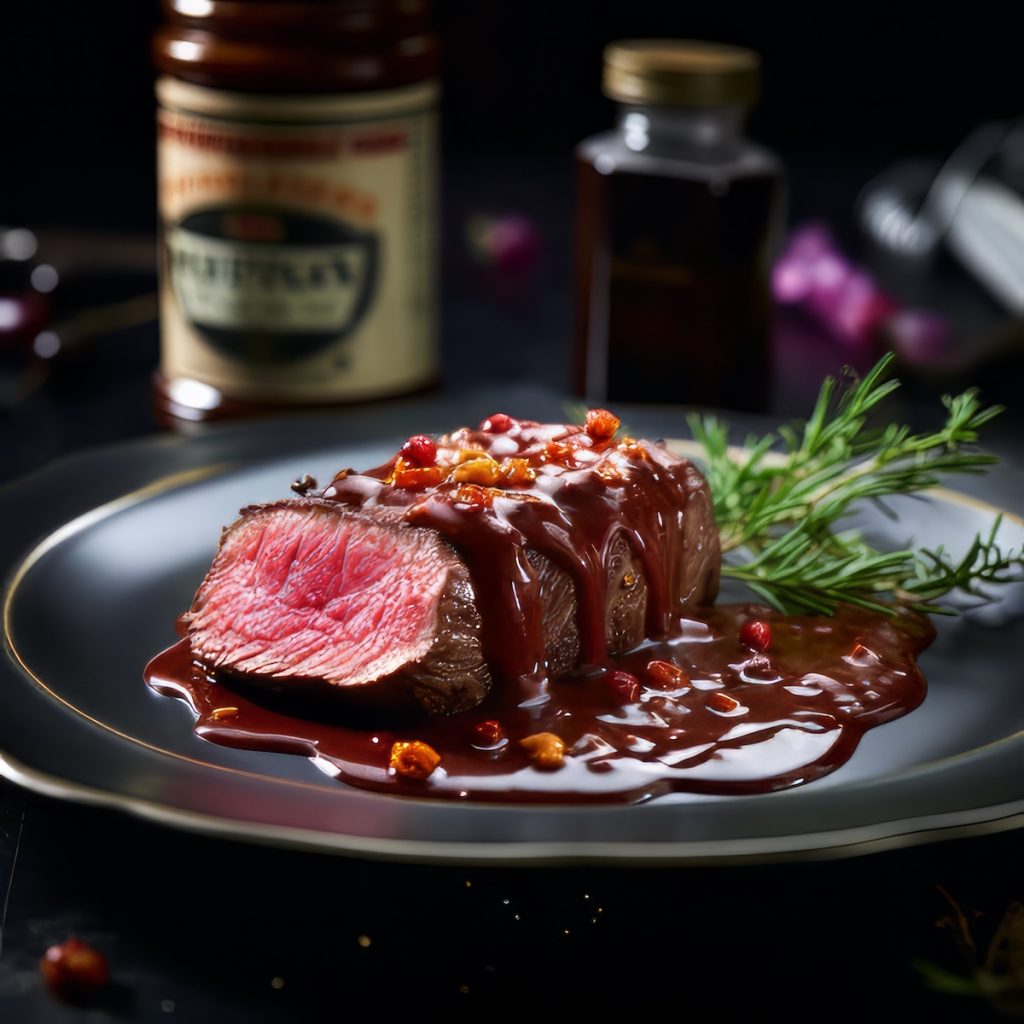

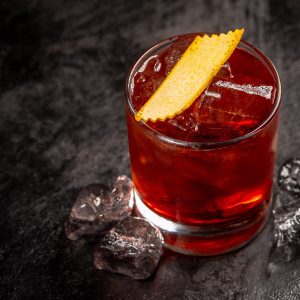


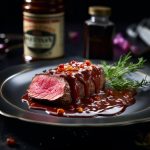
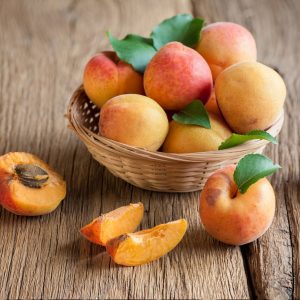
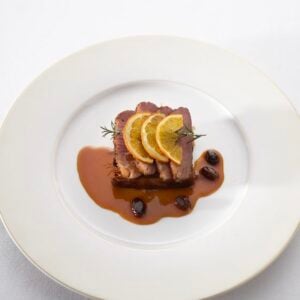
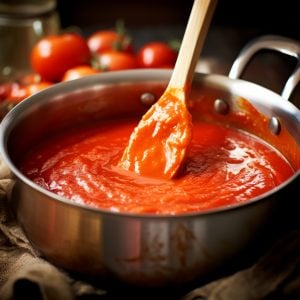
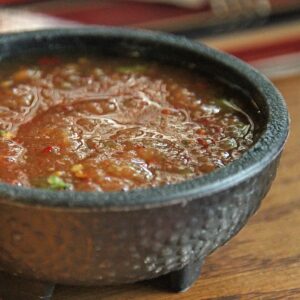
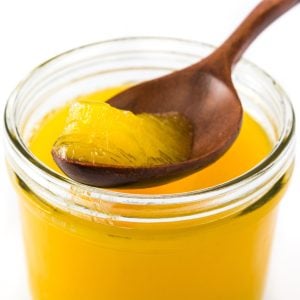
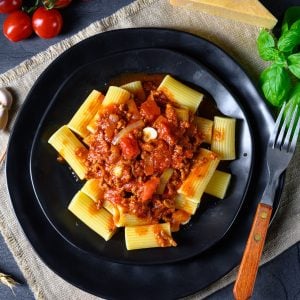
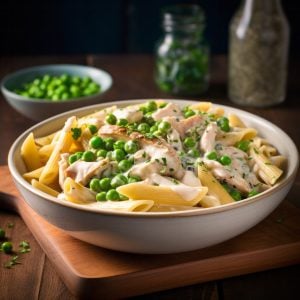
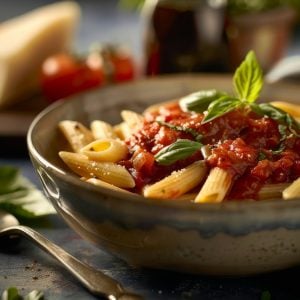


11 Responses
It’s actually pronounced shas-sir. That’s my best translation anyway. I’m a French woman so I’m not just pulling it out of thin air, promise, lol.
I’d say Sha-sûr is the correct pronunciation…. lol
Hi thank u for this recipe. I’m from Iran, and I am so happy when I see your website.
thanks Ali
This sauce is lovely. I served it with schnitzel and brown butter gnudi for dinner tonight…but the author and I must disagree on the definition of demiglace. A cup if demiglace would make at least for cups of sauce…the product I know is so concentrated it looks like jello when cold. But thanks for a tomato and mushroom hunter sauce that rocks.
Hey Rob, thanks for your comments. To be more clear, I’m not talking about using a cup of demi glace reduction like More Than Gourmet’s Demi Glace Gold. That would produce 4 – 5 cups of demi glace. I’m talking about using a cup of homemade demi glace or a cup of “reconstituted” commercial brand demi glace.
Hi, this sauce is fantastic. Thank you for posting this recipe. I served this with a roasted point of rump. All the dinner guests
thoroughly enjoyed the meal. They all agreed it is as good as restaurant quality. I used Knorr Demi glacé; this produced a perfect base for all the ingredients.
Would highly recommend it.
Hi David, thanks for letting me know. Much appreciated.
I will be using your Chasseur sauce recipe tomorrow for A dinner party featuring Berkshire Pork Cheeks. As a food service executive, specializing in high end center of the plate proteins I know first hard the arduous process of making Demi Glacé from scratch. You show some Demi Glacé products available via online purchase. Bonewerks by Culinarte is an exceptional Demi that offers various reduction percentages ranging from 35% up to 90% for their elite Demi.
Great recipe I made a very cheep version by swapping out the butter for duck fat left over from Sunday dinner shallots for spring onions I grow on my windowsill all year round so they are quite fat by this time of year. First time I tried making a demi glace time consuming yes but worth while and relived the boredom of covid confinement for the day have loads left over. I served it over two cheap Aldi wagu stakes with cheesy garlic mashed spuds and blackened African salad. Used the the remaining white wine with soda water and a couple of shots of grand mariner from the duck ala orange to make a jug of spritzers. Froze the glasses frosted the tops with caster sugar decorated with a slice of orange. Only problem I can see is Sunday nice duck dinner, Monday bubble and squeak, Tuesday wagu steak chasseur is going to make Wednesdays sausage egg and oven chips look well lame. Any ideas how I can jazz that up will be well appreciated. Big thank you for the inspiration though.
Rhymes, wow, great meals. Thanks for sharing them with me. And way to go making your own demi from scratch. Lot’s of work but well worth the experience. As for Sausage egg and chips, serve it on a fancy plate with a good glass of wine and call it gourmet.